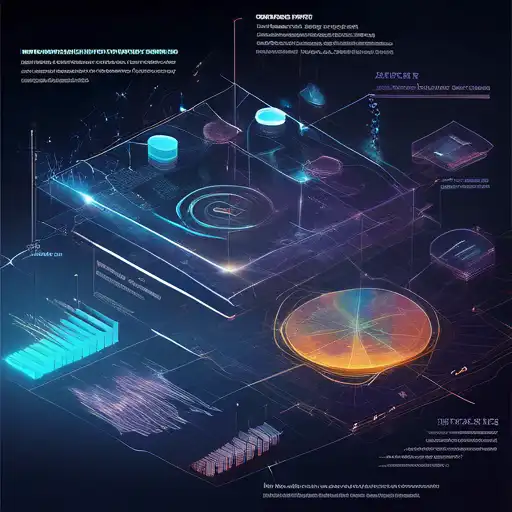Introduction to Data Visualization
In the era of big data, the ability to visualize complex datasets in an understandable and actionable manner is invaluable. Data visualization techniques transform raw data into visual contexts, such as charts, graphs, and maps, making it easier to identify patterns, trends, and outliers. This article explores the most effective data visualization techniques that can help businesses and individuals gain better insights from their data.
Why Data Visualization Matters
Data visualization is not just about making data look attractive; it's about making data accessible and comprehensible. By leveraging visual elements, stakeholders can grasp difficult concepts or identify new patterns quickly. Effective visualization helps in decision-making by highlighting areas that require attention or improvement.
Key Data Visualization Techniques
There are several techniques to visualize data, each suited for different types of data and insights. Below are some of the most impactful techniques:
- Bar Charts: Ideal for comparing quantities across different categories.
- Line Graphs: Best for visualizing data trends over time.
- Pie Charts: Useful for showing proportions within a whole.
- Scatter Plots: Excellent for identifying correlations between two variables.
- Heat Maps: Great for visualizing complex data like user behavior on websites.
Advanced Visualization Techniques
For more complex datasets, advanced visualization techniques can provide deeper insights:
- Interactive Dashboards: Allow users to drill down into specifics of the data.
- Geospatial Mapping: Visualizes data in relation to physical locations.
- Network Diagrams: Shows relationships between entities in a network.
Choosing the Right Visualization
Selecting the appropriate visualization technique depends on the data's nature and the insights you wish to derive. Consider the audience's familiarity with data interpretation and the message you want to convey. For instance, interactive dashboards are more suited for technical audiences, while pie charts may be better for general presentations.
Tools for Data Visualization
Several tools can help create effective visualizations, ranging from simple to complex. Some popular options include:
- Tableau: Offers powerful visualization capabilities for all levels of users.
- Power BI: Microsoft's tool for business analytics and interactive dashboards.
- Google Charts: A free, web-based tool for creating simple visualizations.
- D3.js: A JavaScript library for producing dynamic, interactive data visualizations in web browsers.
Best Practices for Data Visualization
To maximize the effectiveness of your visualizations, follow these best practices:
- Keep it simple and avoid clutter.
- Use colors strategically to highlight important data points.
- Ensure your visualizations are accessible to all audience members, including those with color vision deficiencies.
- Always provide context for your data to aid interpretation.
Conclusion
Data visualization is a powerful tool for uncovering insights that might remain hidden in raw data. By selecting the right techniques and tools, and adhering to best practices, you can transform complex datasets into clear, actionable insights. Whether you're a business analyst, a marketer, or just someone interested in data, mastering data visualization techniques is essential in today's data-driven world.
